How to Make Stairs Accessible
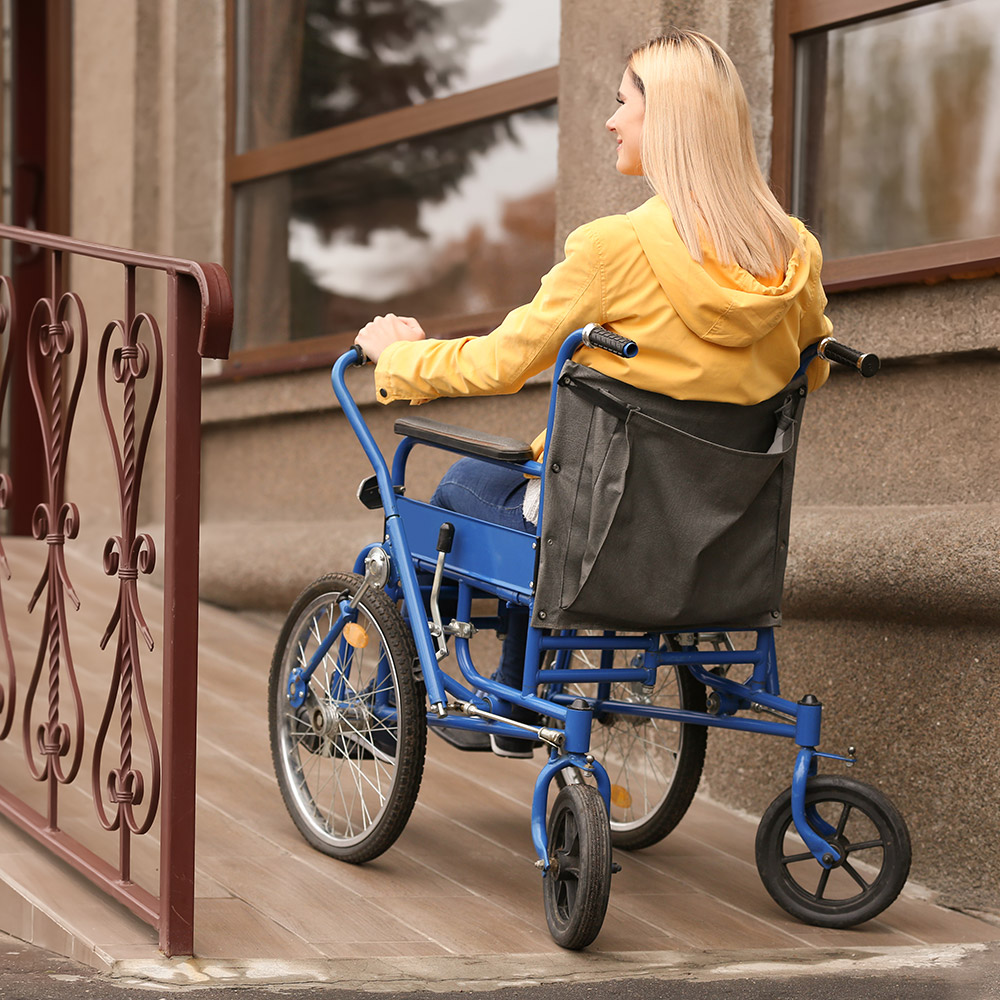
Published September 6, 2023
Stairs are a hazardous obstacle for people with mobility limitations, including those using wheelchairs, walkers, or canes or anyone who has problems with balance. Having accessible stairs around your house can enable autonomous living and reduce hazards and challenges inside the home.
This guide highlights how to make stairs handicap accessible with a variety of solutions for safety and peace of mind.
Table of Contents
Accessibility Ramps
Threshold Ramps
Stair Lifts
Stair Climbers
Walker Stairs
Grab Bars or Handrails
Accessibility Ramps
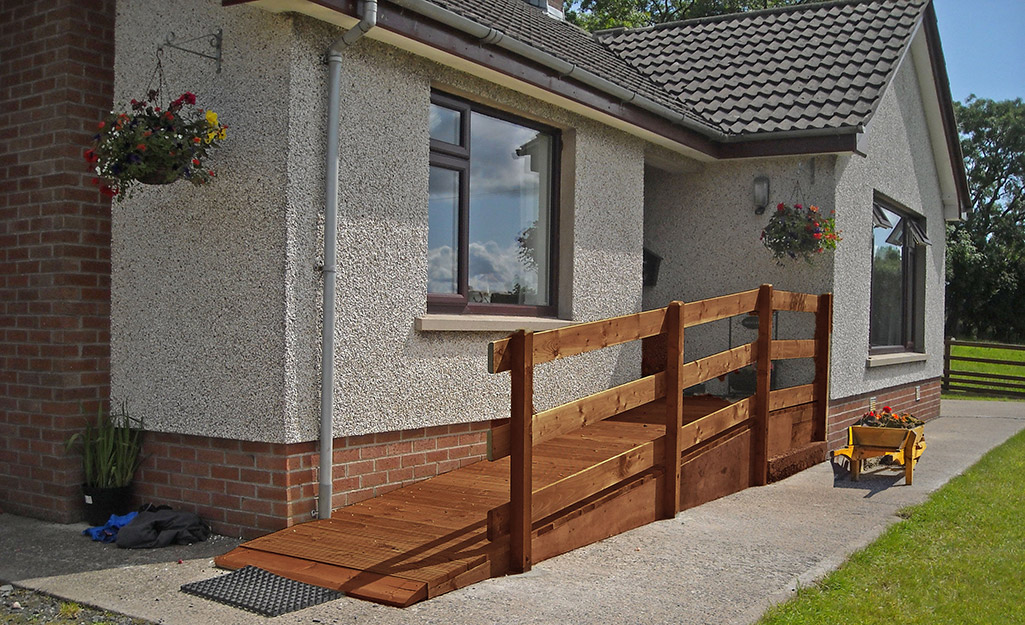
Accessibility ramps, or wheelchair ramps, can replace stairs and provide access for those using wheelchairs, walkers or other mobility aids.
Wheelchair ramps installed at entrances eliminate the barrier caused by stairs. For situations with more than five stairs, turns or switchbacks with landings in between might be necessary.
A variety of accessibility ramps can be purchased or can be built to fit your needs. Portable ramps can quickly create an access point if an entryway has only a few steps leading to it. Ensure your ramp is not too steep to prevent injury. The maximum incline is one inch of rise for every 12 inches of length. You can also check with a professional to make sure your ramp is level, stable and secure.
Threshold Ramps
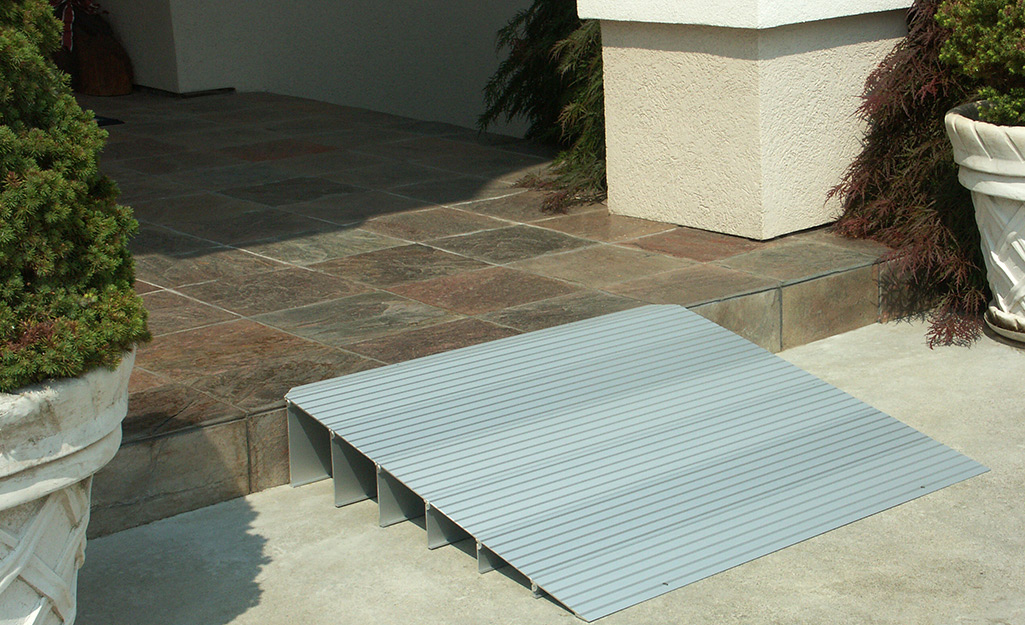
A ramp on exterior stairs leading to the door doesn’t automatically make a wheelchair accessible house. Even a single-level ranch home might have a step between rooms or from the garage entrance.
In many cases, a threshold ramp can be used to provide a smooth transition between slight changes in elevation. Ramps can also be helpful to anyone who has difficulty navigating stairs, not only wheelchair users. Make sure the ramp is secure against the rise and not prone to moving or twisting. It may be necessary to attach the ramp to a step to keep it from separating and causing a gap.
Stair Lifts
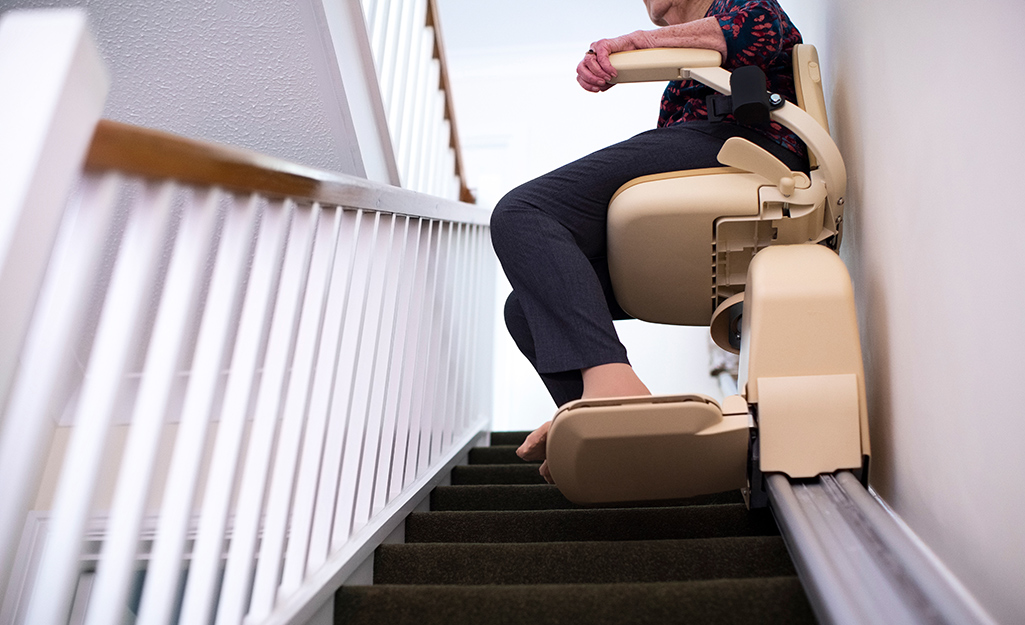
Stair lifts allow multi-floor living for those who need assistance moving up or down an interior or exterior staircase. The user sits on the seat, which is secured on a track that is permanently installed along the length of the stairs. A battery powered motor in the unit moves the chair to the next level of the home.
The chair seat folds flat against the wall along with the foot and arm rests when not in use to keep the stairway open and clear. Many stair chair lifts are made-to-order, making this type of conveyance perfect for homes with straight or curved staircases, as well as staircases with landings and turns.
Stair Climbers
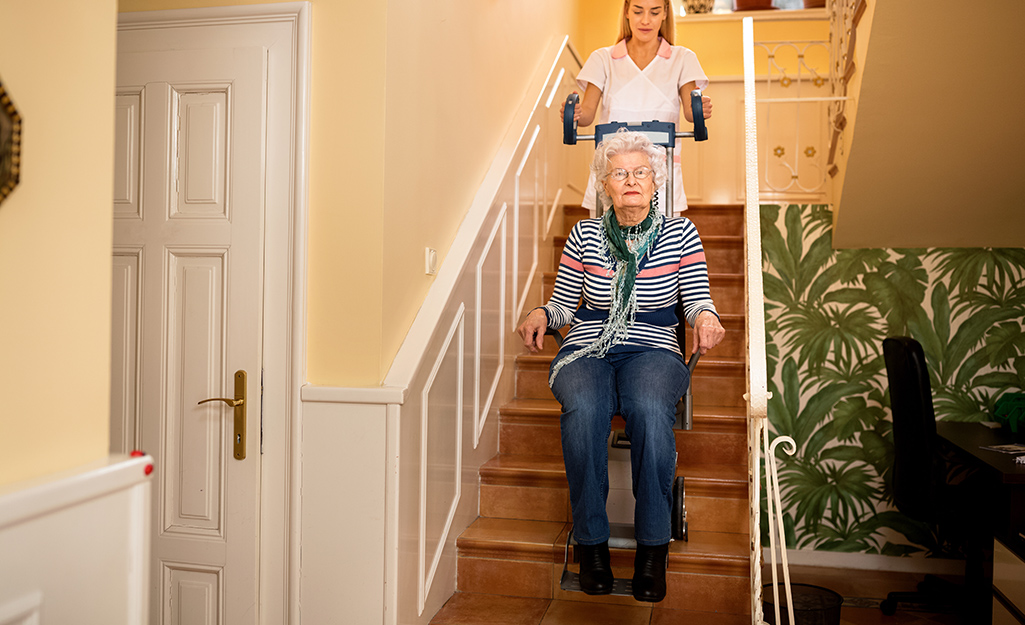
Stair climbers for wheelchairs are mechanical lifting arms attached to the user’s wheelchair frame. Guided by an attendant, the unit bears the weight of lifting the passenger step-by-step or easing them down a flight of stairs. The portable units disassemble without tools for easy transport.
Grab Bars or Handrails
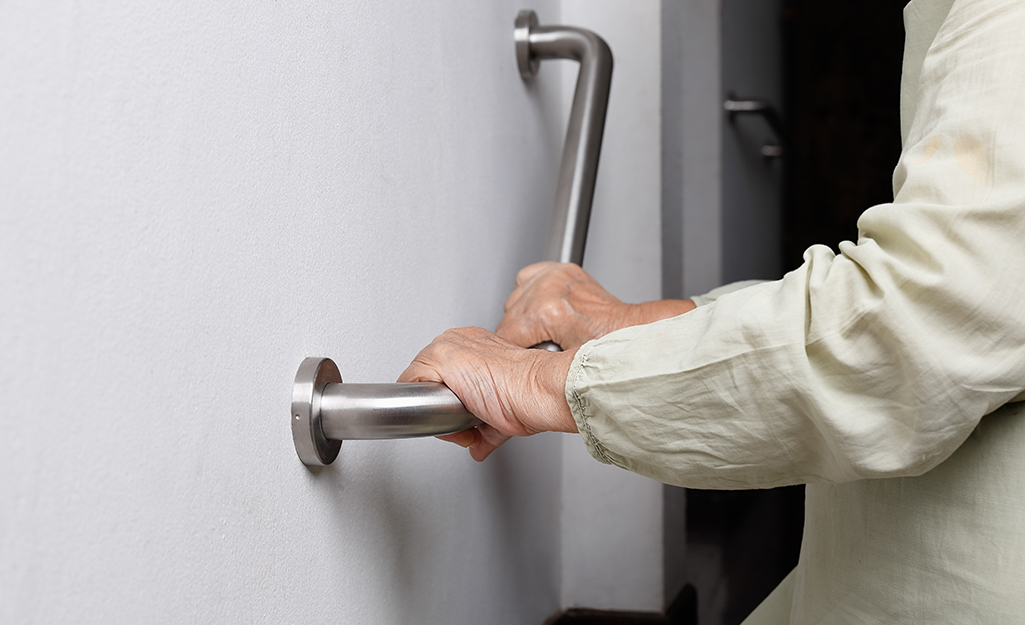
Grab bars can be useful in many areas of the home and not just inside the bathroom. When strategically placed in thresholds that include a step or two, a grab bar provides welcome assistance for anyone who might be unsteady on their feet. Grab bars can be secured either directly to the stud or to wood blocking inside the wall. Keep in mind, drywall is not strong enough to keep the bar from being pulled off the wall.
Making stairs accessible is an important step in creating a safe home. Install these aids to provide peace of mind to those with disabilities and those who care for them. Ready to get started on your project? Use The Home Depot Mobile App to find products fast with image search. Snap a picture of an item you like and we’ll show you similar products.





























